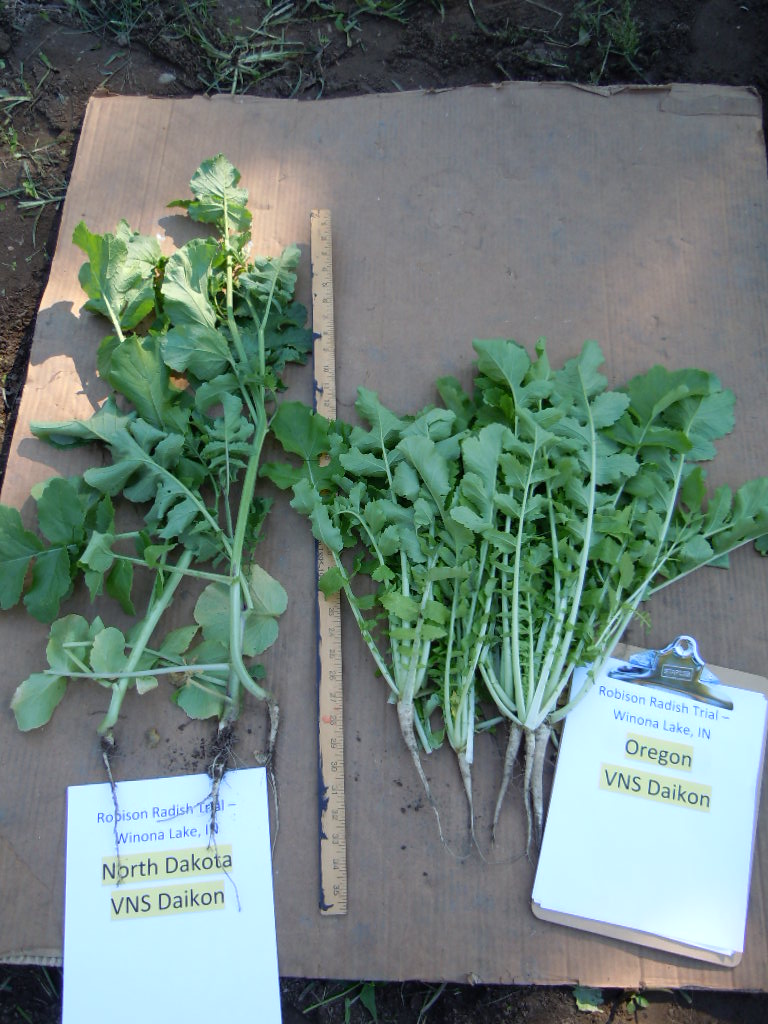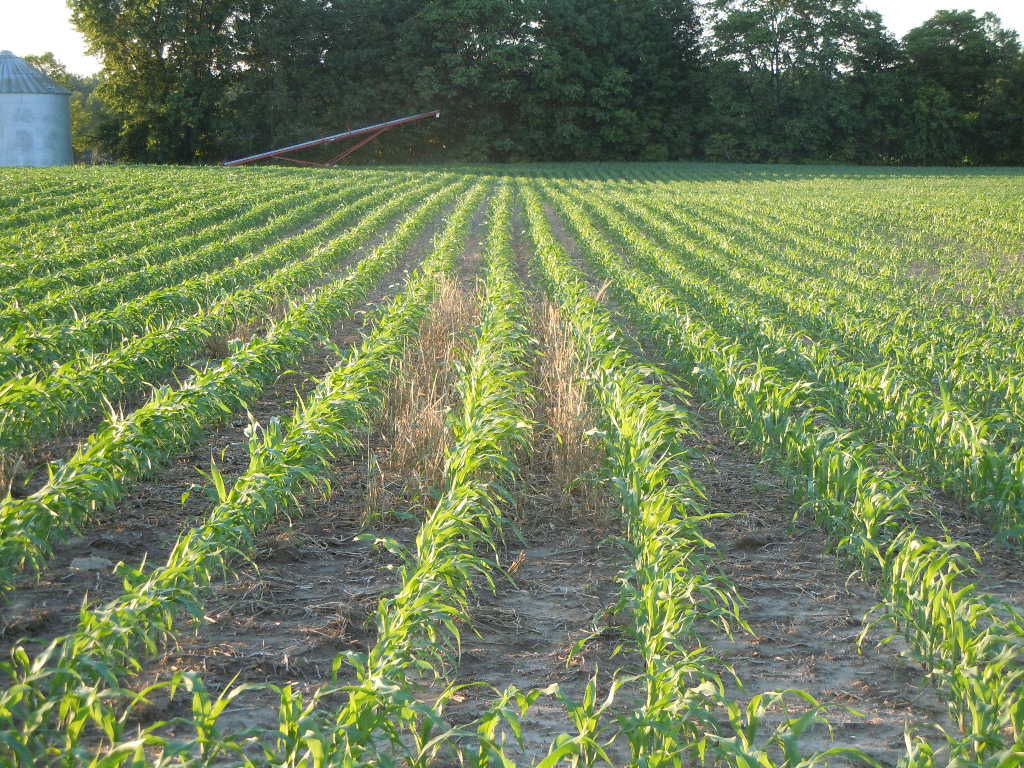Cover Crop Radish Research reveals interesting data and information
In the summer of 2010 I entered a number of “cover crop” radishes into research plots in Michigan and Minnesota. Some of the products I entered were given to me from a supplier in Oregon. They had collected seed samples from Europe that had been touted as cover crop worthy. They weren’t. Fortunately those varieties […]
Cover Crop Radish Research reveals interesting data and information Read More »

